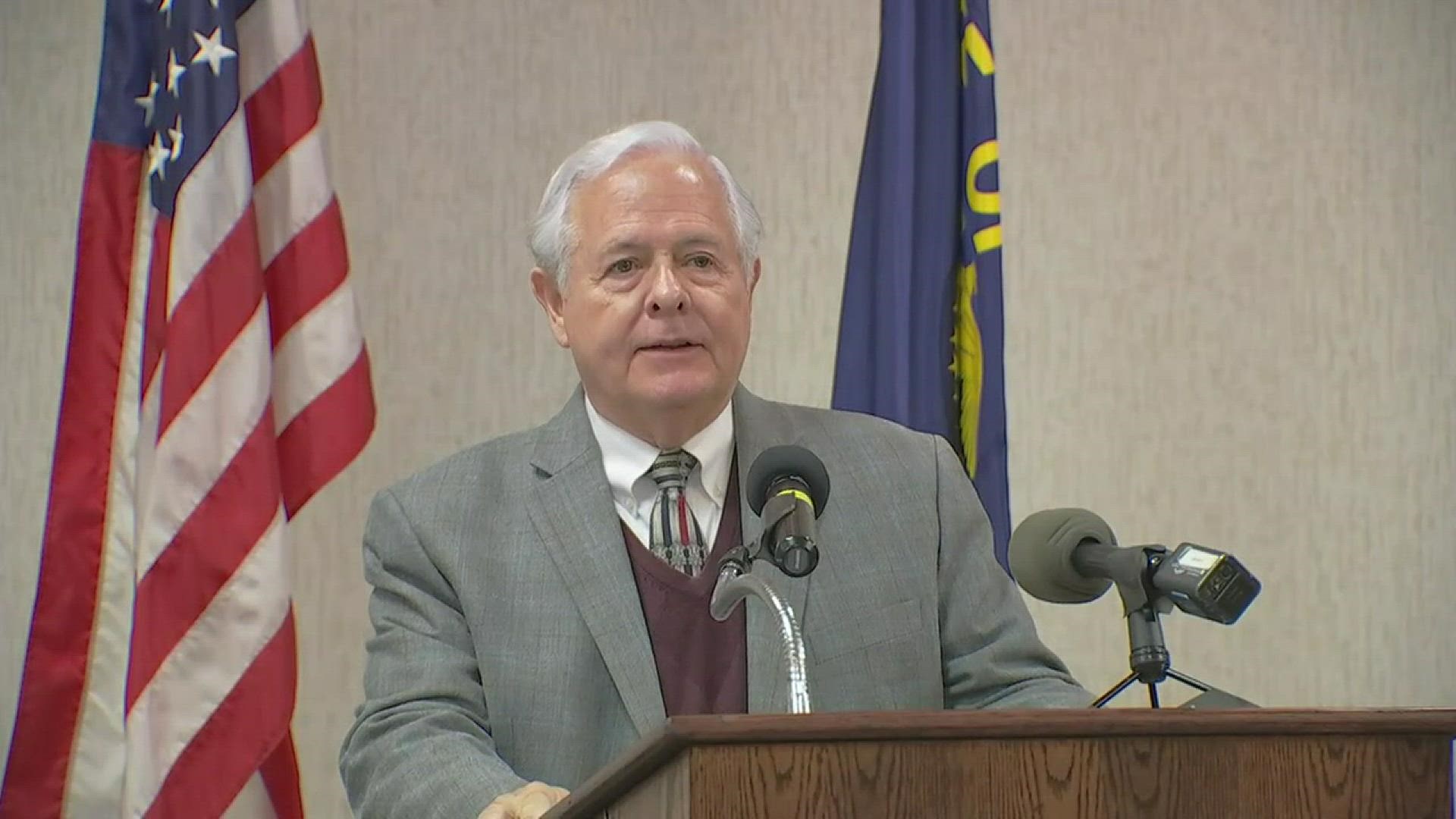PORTLAND, Ore. — A circuit court judge in Eastern Oregon’s Baker County on Monday ruled Gov. Kate Brown’s executive stay-home order is bound by an expiration date. Therefore, the restrictions put into place were “null and void.”
The Oregon Supreme Court has since stayed the judge's decision, meaning the restrictions under Gov. Brown's order remain in effect until the court hears and makes a decision on the state's appeal.
The ruling by the Baker County judge came after a group of churches sued the state, saying the governor’s order violated their constitutional rights. Those churches, and some business owners across the state, cheered the judge's ruling.
Attorneys Ray Hacke, who represented the plaintiffs in the case, and Kevin Mannix, a longtime GOP politician who represented business owners, said they believed the Baker County judge's ruling would strike down not only Gov. Brown's order in relation to the churches involved in the lawsuit, but for businesses statewide.
Paul Diller, a law professor at Willamette University, said a person could read the Baker County judge's decision as applying statewide, as Mannix and Hacke argue, while another person could read it as applying only to the plaintiffs.
Diller said there are three different laws the governor could have used to implement her executive order. The one she used was the emergency declaration statute. It’s been on the books since 1949 and it has no time limit. So, it’s basically as good for as long as she wants.
There’s also the catastrophic disaster statute. That’s the one the churches who sued the governor believe she should have used. That would have needed to be renewed by the Legislature after 30 days.
There’s also an emergency declaration specific to public health. This was passed in 2007. It has a 14-day expiration attached to it. The Baker County judge who made Monday’s ruling decided this was the law that applied in this crisis.
"Judge Shirtcliff noted that it was the public health emergency statute that empowered the governor to control movement in and out of areas, which is essentially what a stay-at-home order does, it controls people's movement. He thought that controlling movement was not authorized by the earlier, more general emergency statute,” said Diller.
Again, that law has a 14-day limit. The judge ruled Gov. Brown could re-up the order once by herself. But after that, she needed approval from the Legislature. That meant, according to his interpretation, the order expired after 28 days, which was 29 days ago.
The ruling brings up a lot of questions that are now up to the seven justices on the Oregon Supreme Court. Until they come to a decision, which there is no timeline for, the restrictions put in place by Gov. Brown's stay-home order remain in effect.
This story appeared in The Story with Dan Haggerty. You can watch the show at 6 p.m. Monday-Friday. If there's a story you would like us to dig deeper into, you can email thestory@kgw.com or use the hashtag #HeyDan on Twitter.



